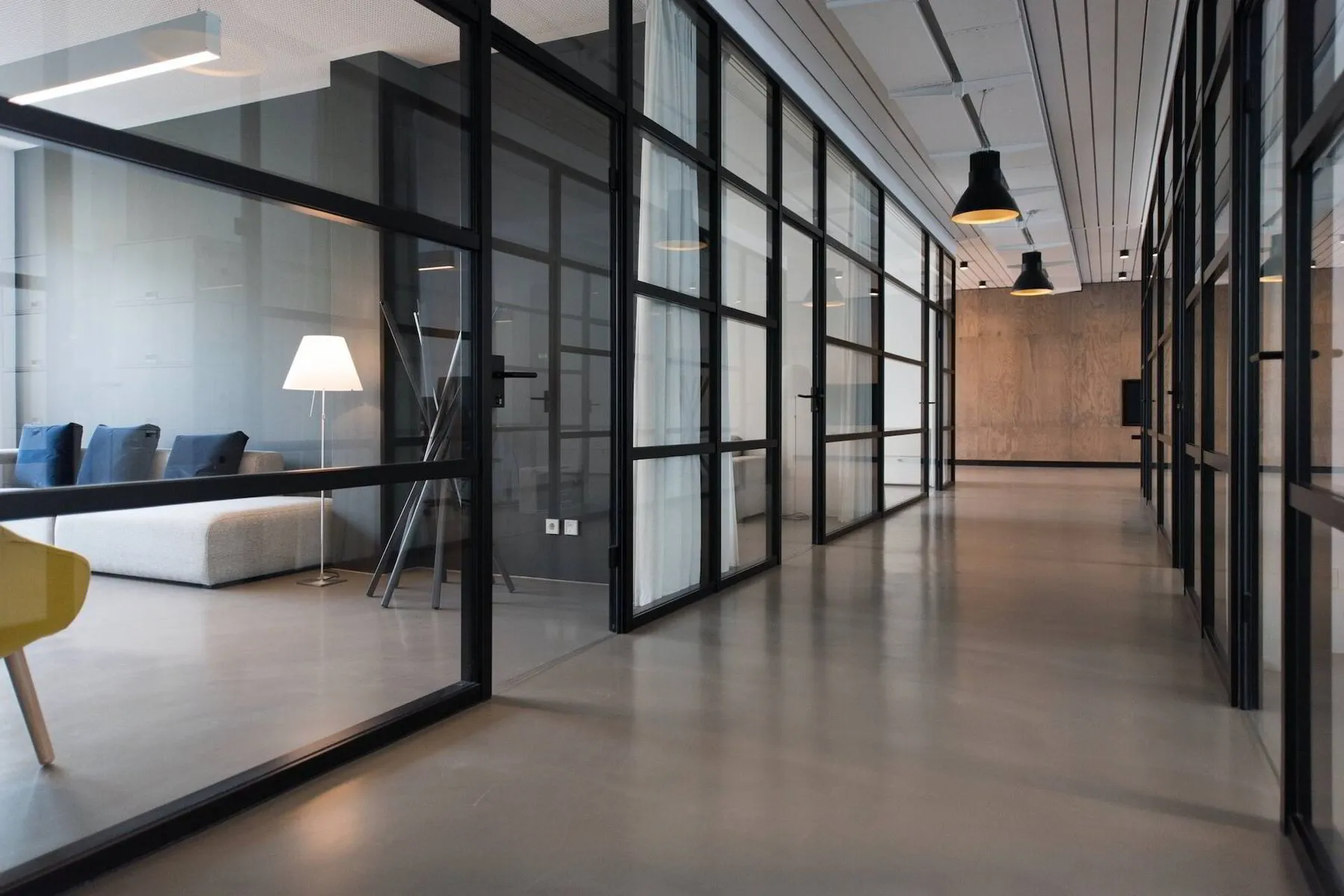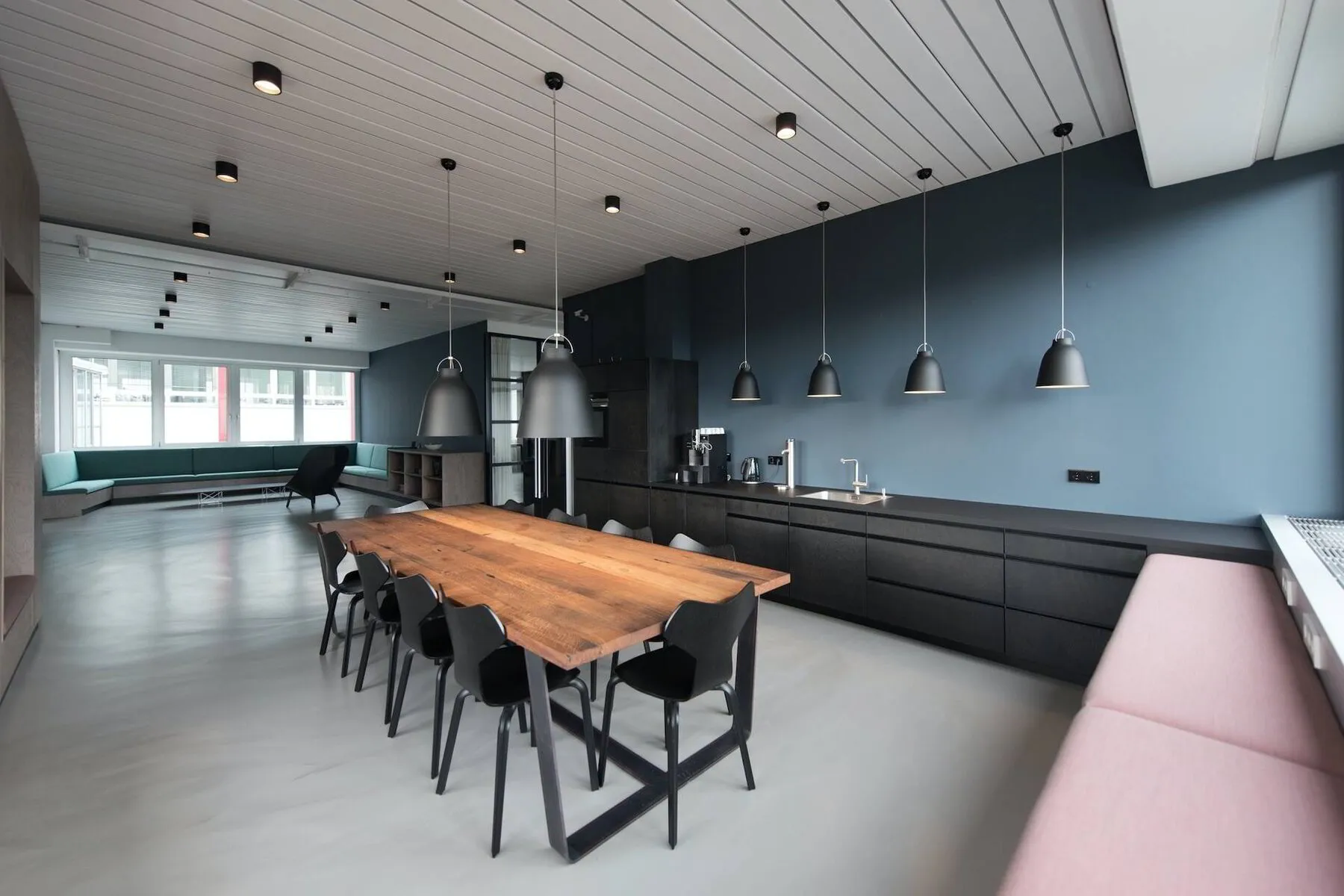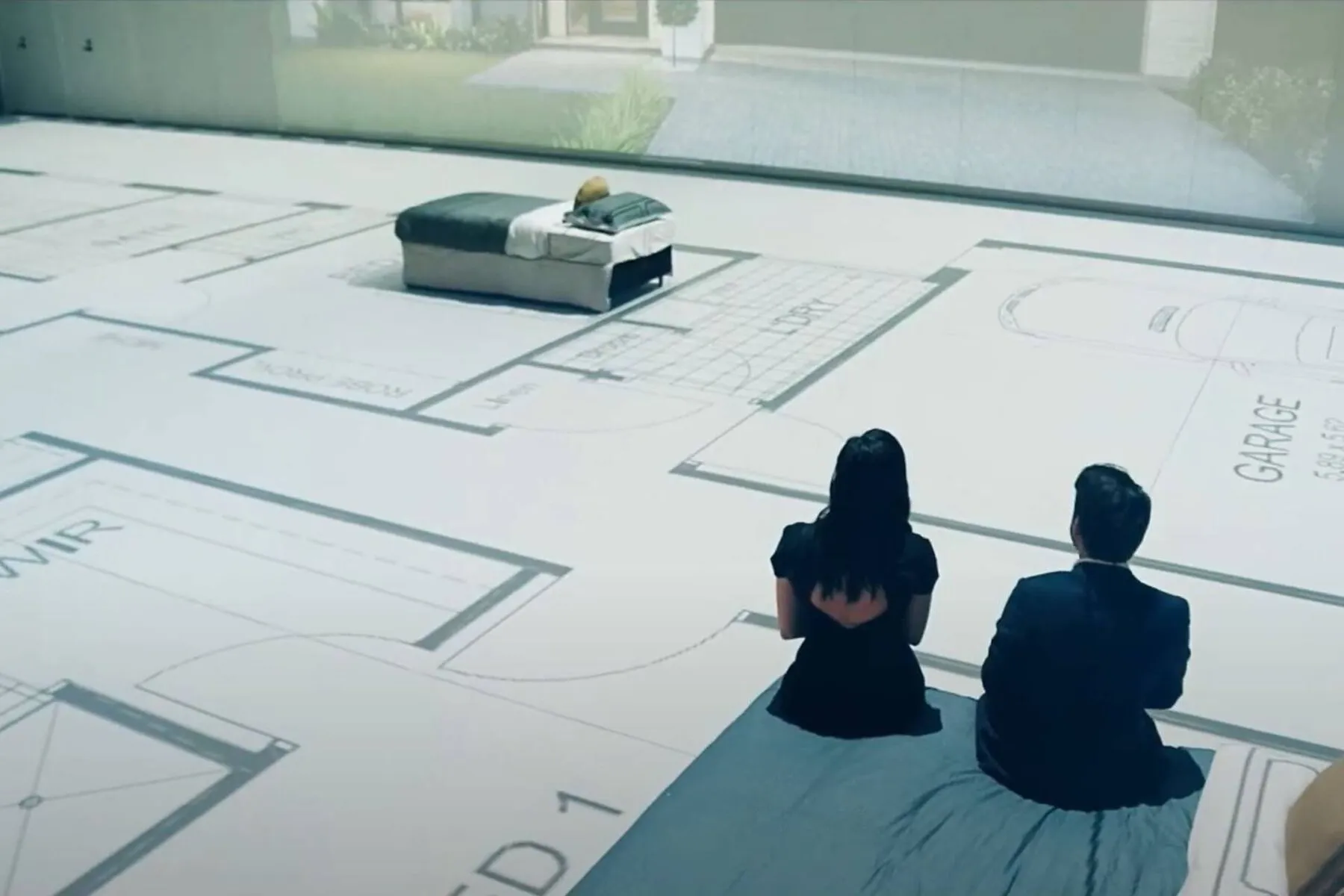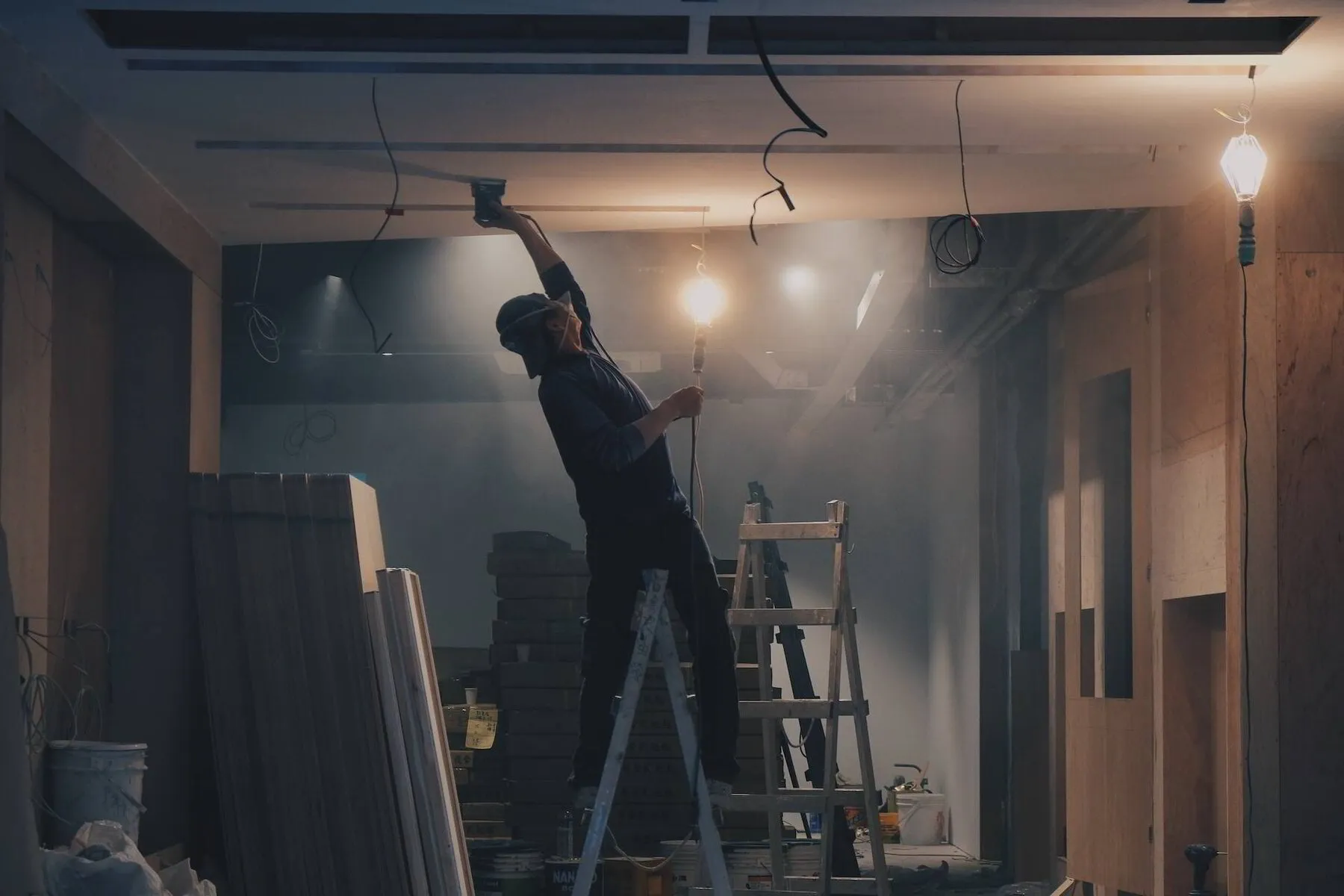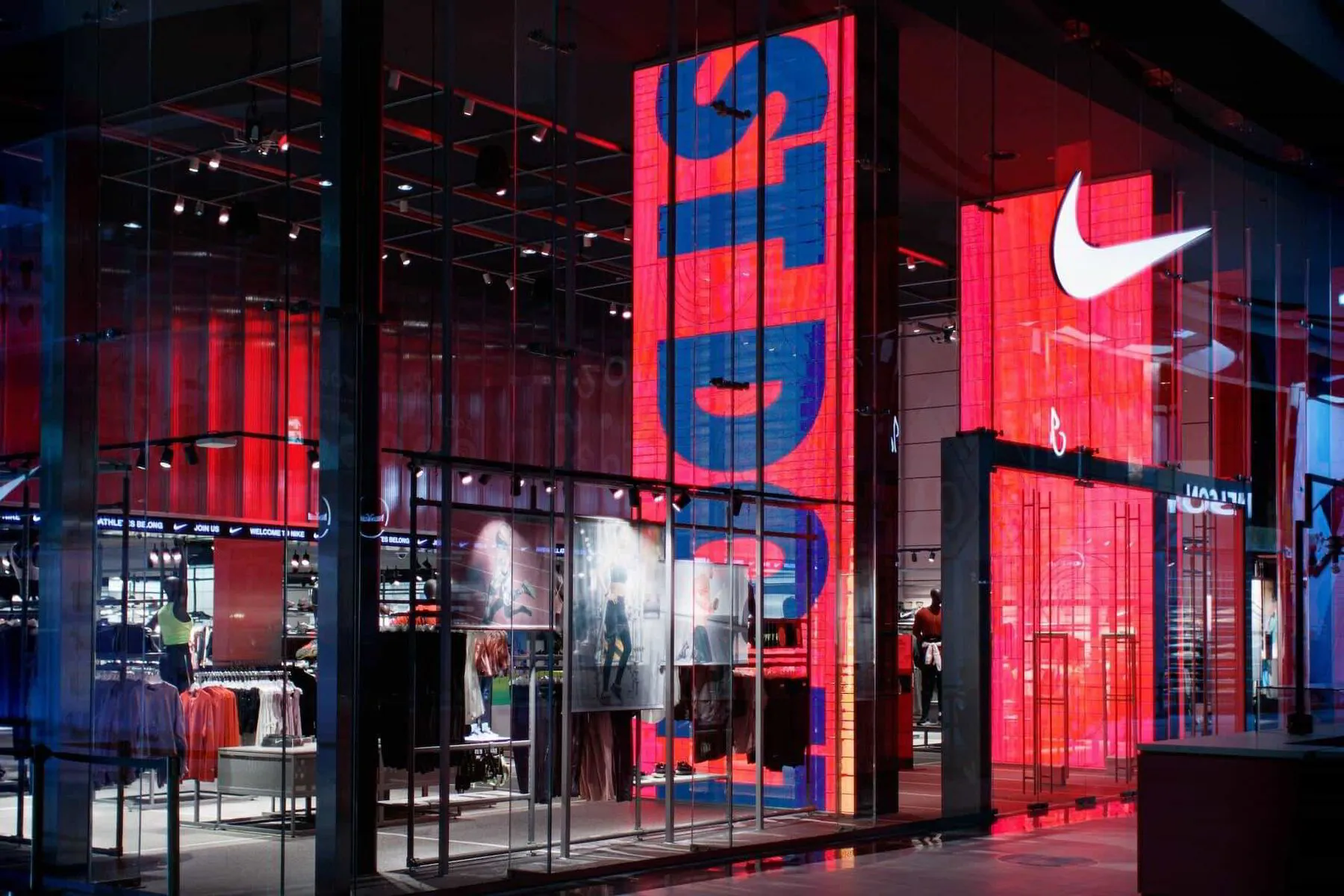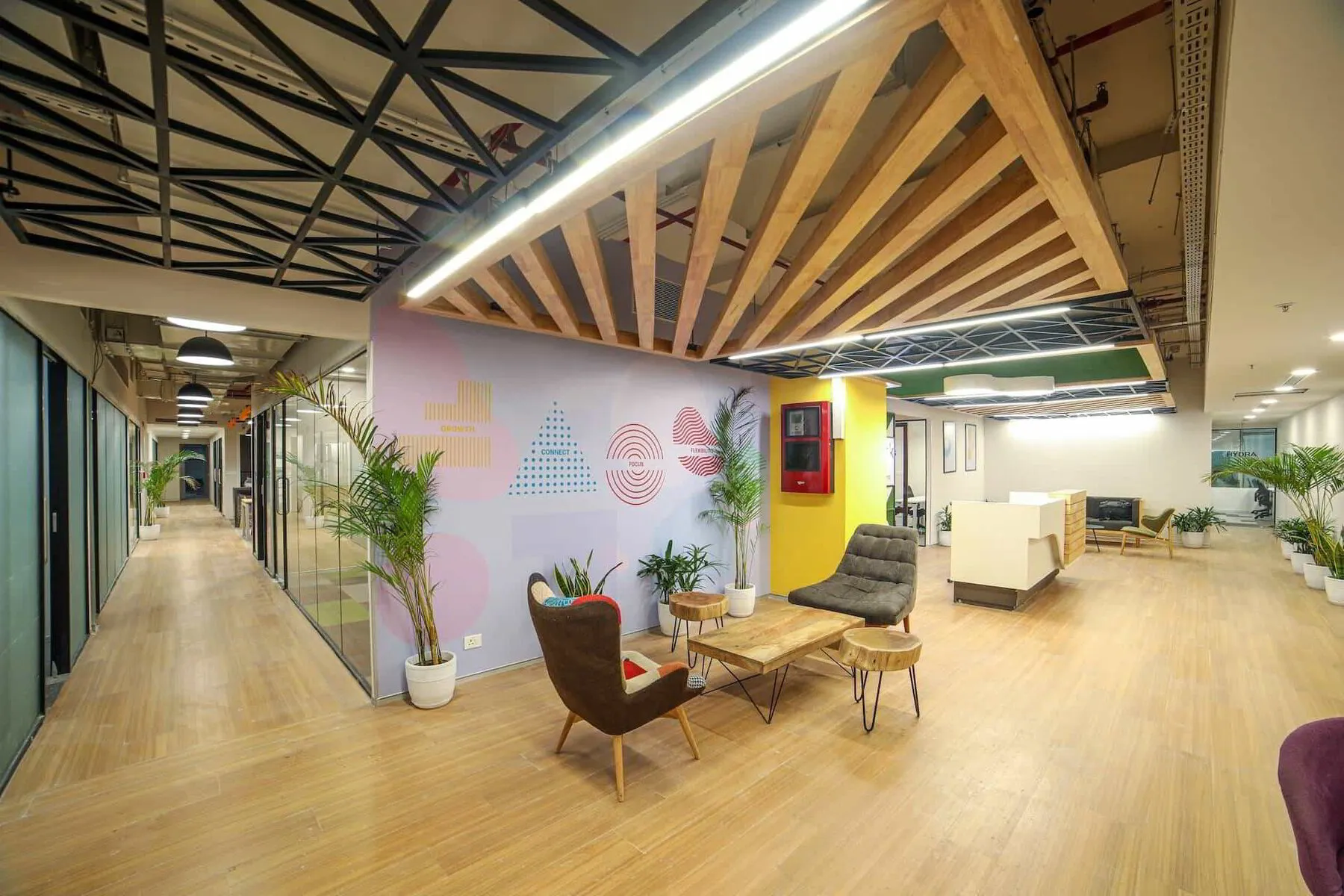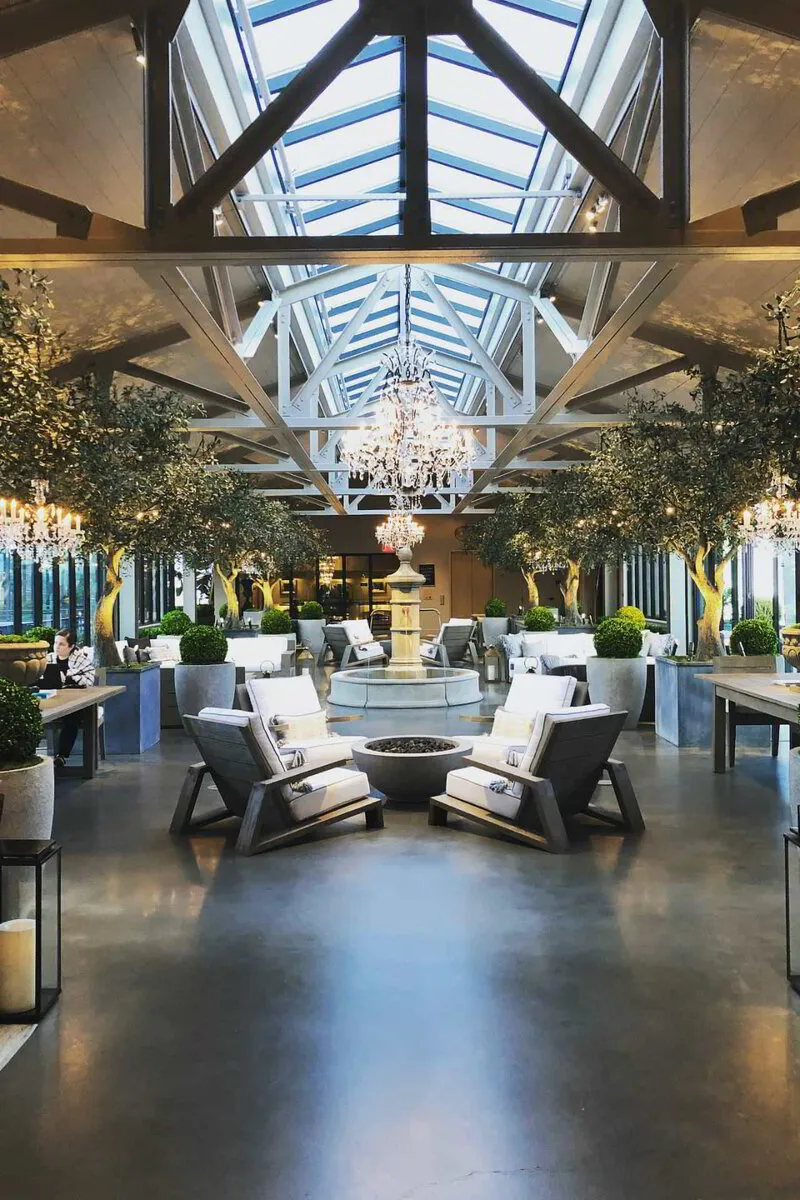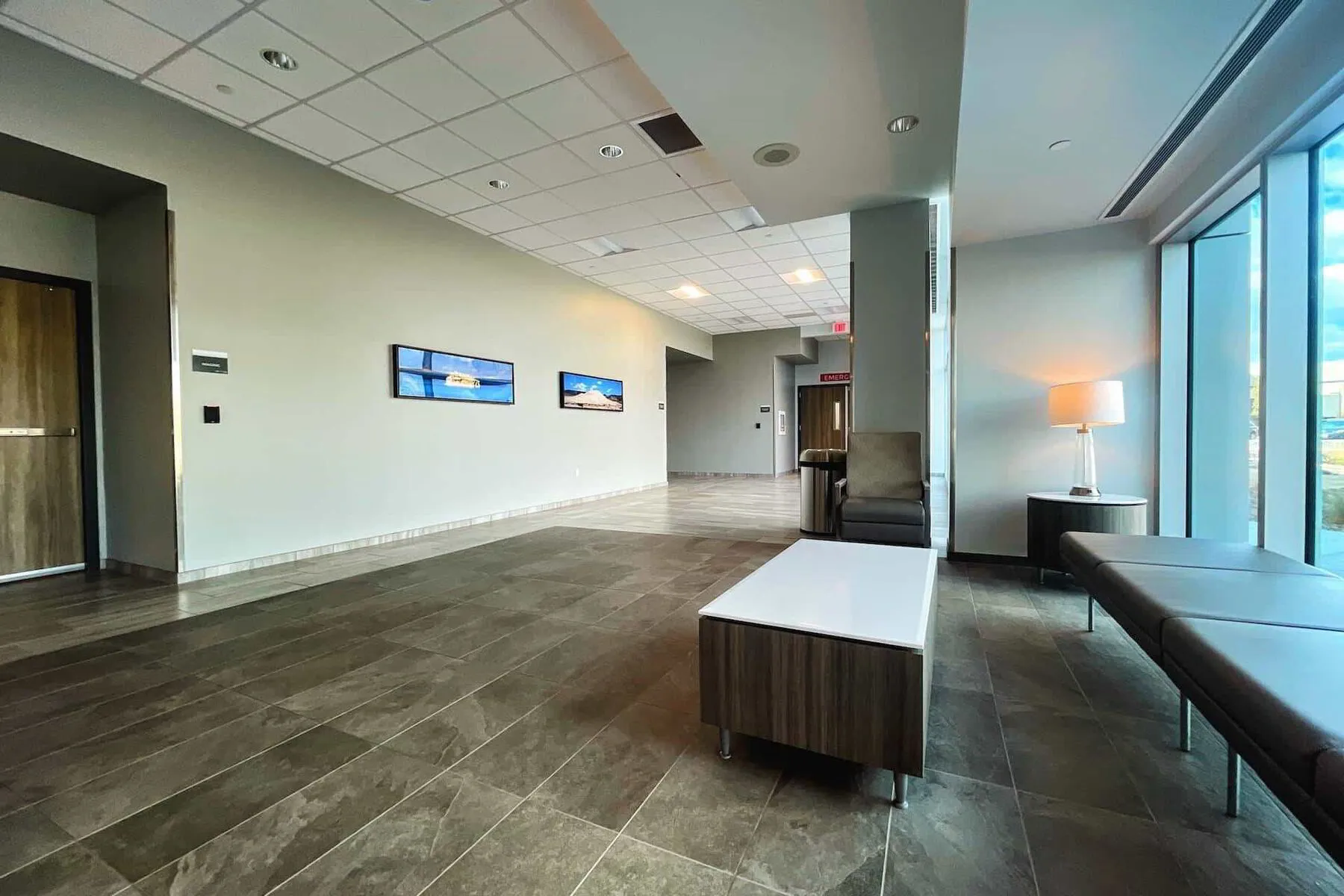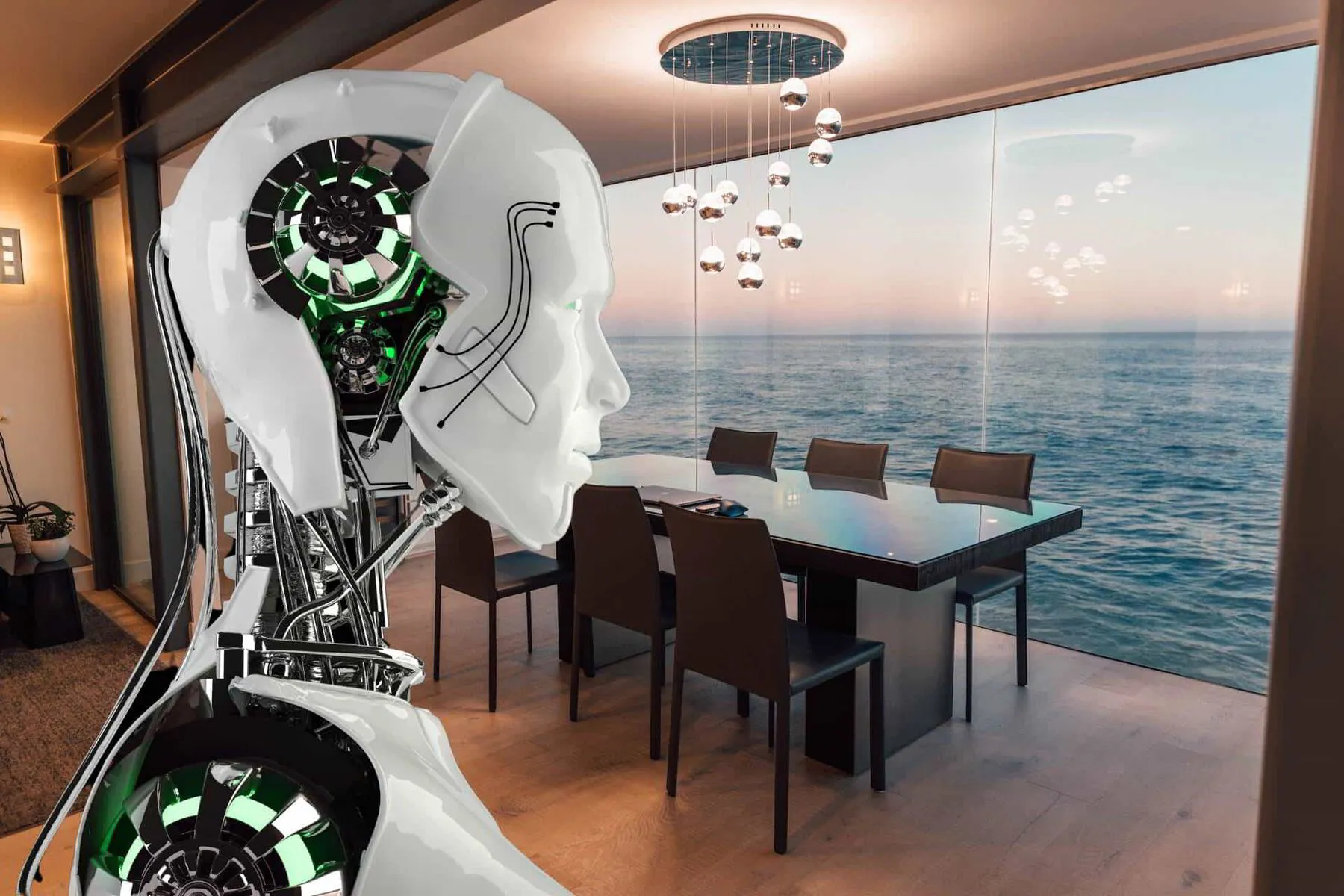Commercial interior design is a specialized field that requires a unique set of skills and knowledge.
As a commercial interior designer, being able to create functional and aesthetically pleasing spaces in commercial settings is essential.
In this guide, we will explore various aspects of commercial interior design, from understanding the key principles to navigating the design process and tackling the challenges that arise along the way.
📘 Key Takeaways
- Unique Field: Commercial interior design is a niche arena that calls for specialized skills and knowledge, focusing on designing spaces that meet businesses' and organizations' unique needs.
- Core Principles: Maximizing space utilization, incorporating brand identity, and enhancing visual appeal through lighting, color schemes, and textures are key principles of commercial interior design.
- Process Overview: The commercial design process involves stages like initial client consultation, space planning and design development, material and furniture selection, and project management and installation.
- Diverse Types: Commercial design encompasses diverse types, including retail design, office design, hospitality design, and healthcare design, each with its own specific requirements.
- Design Impact: Effective commercial design can positively impact employee productivity, customer experience, and brand perception.
Understanding Commercial Interior Design
Before delving into the specifics, it is important to grasp the fundamentals of commercial design.
This branch of design focuses on creating spaces catering to businesses' and organizations' needs.
Unlike residential design, commercial design requires considering not only the visual appeal but also the functionality and efficiency of the interior space.
Commercial interior design is a multidimensional field that involves careful planning and consideration of various factors.
From creating layouts that maximize space utilization to incorporating brand identity, commercial interior designers play a crucial role in shaping the atmosphere and experience within commercial spaces.
Key Principles of Commercial Design
When designing commercial spaces, several key principles come into play.
First, creating a layout that maximizes the use of available space is crucial.
This involves careful planning to ensure that the interior space is utilized effectively and efficiently.
A commercial interior designer must consider the flow of movement within the space, ensuring that it is intuitive and facilitates ease of navigation.
They create a harmonious balance between functionality and aesthetics by strategically placing furniture, fixtures, and equipment.
In addition to space planning, incorporating brand identity into the design is another essential principle.
The interior design of commercial and retail spaces should reflect the values and personality of the brand, fostering a cohesive and immersive experience for customers and employees.
Commercial interior designers work closely with businesses and organizations to understand their brand essence, mission, and target audience.
Translating these elements into the design creates an environment that resonates with customers and reinforces the brand's message.
Furthermore, utilizing appropriate lighting, color schemes, and textures can greatly enhance a commercial space's visual appeal and atmosphere.
A vital aspect of commercial interior design is understanding how to create a visually engaging environment that aligns with the brand image.
Designers carefully select lighting fixtures to create the desired ambiance, whether bright, energetic, warm, or cozy.
They also consider color psychology, using colors that evoke the desired emotional response in customers.
Additionally, the use of textures, such as natural materials or sleek surfaces, adds depth and visual interest to the commercial space.
The Role of Functionality in Commercial Spaces
Functionality is a key consideration when designing commercial spaces.
A well-designed layout should prioritize ease of movement and efficiency.
From considering traffic flow to ensuring accessibility for all individuals, functionality should be at the forefront of every commercial design project.
Designers carefully analyze the specific needs of the business or organization to create functional spaces that support their operations.
They consider factors such as the work's nature, the target audience, and the desired outcomes.
For example, designers may create open floor plans in an office setting to encourage employee collaboration and communication.
They may also incorporate ergonomic furniture and adjustable workstations to prioritize employee comfort and productivity.
Creating functional spaces also involves understanding the importance of storage and organization.
Designers incorporate innovative storage solutions to optimize space utilization and keep the area clutter-free.
This enhances functionality and contributes to a clean and professional aesthetic.
Importance of Branding in Commercial Design
Branding is a critical component of commercial interior design.
A space should align with the brand's visual identity and reflect its values and personality.
The interior design technology elements and materials used should evoke the desired emotional response in customers, reinforcing the brand image and strengthening brand recognition.
A commercial interior designer must work closely with businesses to understand their brand story and translate it into the physical environment.
They carefully select materials, finishes, and furnishings that align with the brand's aesthetic and values.
Brand consistency throughout the commercial office space is crucial.
From the color palette to the use of logos and signage, every element should contribute to conveying the brand's message effectively.
Strong branding creates a lasting impression and fosters a sense of trust and familiarity among customers and employees.
Designers also consider the customer journey within the space, strategically placing brand elements to create memorable experiences.
From the moment customers step through the door to their interaction with products or services, every touchpoint is an opportunity to reinforce the brand's identity and create a lasting impression.
Initial Client Consultation
The first step in the design process is to conduct an initial client consultation.
This involves meeting with the client to thoroughly understand their goals, requirements, and vision for the space.
Through active listening and effective communication, designers can establish clear objectives for the project.
This stage also involves gathering information about the brand, target audience, and any specific needs or constraints.
By comprehensively understanding the client's needs, designers can develop a design concept that meets their expectations.
Space Planning and Design Development
Once the design concept is established, the next step is space planning and design development.
This stage involves creating a detailed layout that optimizes the use of available space and incorporates all design elements.
Designers must consider factors such as circulation patterns, furniture placement, and spatial organization to ensure a functional and efficient layout.
By leveraging computer-aided design (CAD) software, designers can create accurate floor plans and 3D renderings, allowing clients to visualize the final design before implementation.
Material and Furniture Selection
The selection of materials and furniture plays a pivotal role in commercial interior design.
Designers must evaluate various options based on factors such as durability, aesthetics, and budget.
By considering the brand's identity and functionality requirements, designers can curate a collection of materials and furnishings that enhance the overall design concept.
During this stage, designers must also collaborate with suppliers and manufacturers to ensure that selected materials and furniture are readily available and meet quality standards.
Building strong relationships with trusted suppliers can streamline procurement and expedite project timelines.
Project Management and Installation
The final stage of the design process involves project management and installation.
Commercial designers must oversee the execution of the design, coordinating with contractors, subcontractors, and vendors to ensure smooth implementation.
This stage requires strong organizational and communication skills to manage timelines, budgets, and unexpected challenges.
Attention to detail during the installation process is crucial to ensure that the design is executed accurately and to the client's satisfaction.
Once the installation is complete, designers can conduct a final walkthrough with the client to ensure that every aspect of the design meets their expectations.
This stage provides an opportunity for any necessary adjustments or refinements to be made before the construction project is deemed complete.
Different Types of Commercial Interior Design
Commercial interior design is a broad field that encompasses various sectors.
Let's explore four distinct types of commercial design:
Retail Design
Retail design focuses on creating compelling and functional spaces for businesses in the retail industry.
A commercial interior designer must consider factors such as product display, customer flow, and the overall shopping experience.
Successful retail design must entice customers while promoting sales and brand recognition in retail stores.
Office Design
Office design involves creating efficient, comfortable, and inspiring work environments.
Designers must consider factors such as productivity, collaboration, and employee well-being.
Commercial interior designers can create office spaces that optimize productivity and enhance employee satisfaction by incorporating ergonomic furniture, flexible work areas, and natural lighting.
Hospitality Design
Hospitality design focuses on creating welcoming and visually stunning spaces for hotels, restaurants, and other hospitality establishments.
Designers must consider factors such as guest comfort, ambiance, and functionality.
By curating unique experiences through design, hospitality spaces can leave a lasting impression on visitors.
Healthcare Design
Healthcare design involves creating safe, accessible, and efficient spaces in medical facilities.
Designers must consider factors such as patient comfort, infection control, and regulatory guidelines.
By incorporating soothing color palettes and well-designed layouts, healthcare spaces can contribute to the overall healing process.
Challenges in Commercial Interior Design
While commercial interior design presents exciting opportunities, it also comes with its fair share of challenges.
Let's explore some common challenges faced by interior architects and designers in the commercial sector:
Balancing Aesthetics and Functionality
One of the major challenges in commercial interior design is striking the right balance between aesthetics and functionality.
Commercial interior designers must create visually appealing spaces that also meet the practical needs of the business or organization.
Successful commercial design requires a meticulous approach to construction that encompasses both form and function.
Adhering to Building Codes and Regulations
Compliance with building codes and regulations is critical to commercial interior design.
Commercial and residential interior designers must stay informed about local, national, and industry-specific guidelines to ensure the safety and legality of the designs.
Failure to adhere to these regulations can result in costly delays and potential legal consequences.
Designing for Diverse User Needs
Commercial spaces cater to diverse user needs, which presents a unique challenge for designers.
Commercial interior designers must consider factors such as accessibility, inclusivity, and cultural sensitivities to create spaces that accommodate everyone.
By implementing universal design principles, designers can create environments that are inclusive and welcoming to all individuals.
Final Thoughts on Your Next Commercial Interior Design Project
Commercial interior design requires a deep understanding of key principles, a thorough design process, and the ability to overcome various challenges.
By considering functionality, brand identity, and the unique requirements of different sectors, interior designers can create exceptional spaces that elevate businesses and enhance user experiences.
And if you want to learn more about interior design and its exciting possibilities for your home, don't forget to check out the rest of our interior design blog!
Thanks for reading our article on how to become an interior designer!
📘 Related Reading: The 7 Elements of Interior Design in 2024
Lara Harding
Lara is a supporting author @ DIY Home Comfort. She's an experienced interior designer and decorator and a full-time mom. You can find out more about her here.

